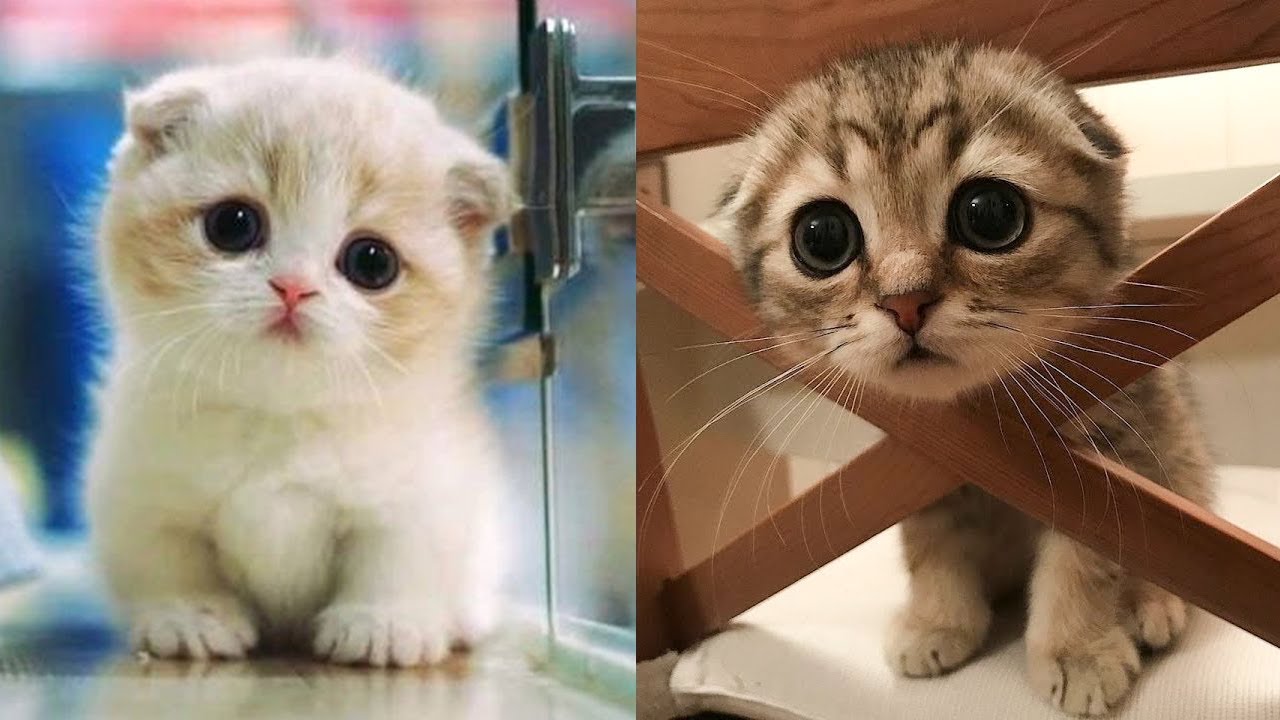A US company has deleted the genes for the allergy-causing protein in cat cells as a first step towards creating cats that don’t trigger allergies
The two genes for the protein mainly responsible for allergic reactions to cats have been deleted from cat cells using CRISPR gene editing. It is a first step towards creating hypoallergenic cats, says US-based company InBio.
“The estimated timeline for this is several years,” says Nicole Brackett, who leads the CRISPR cat team at InBio.
About 15 per cent of people have allergic reactions to cats. The main cause of this is a small protein called Fel d 1 that is secreted by salivary and skin glands. It is spread over cats’ fur when felines clean themselves and can become airborne as the fur dries. What, if anything, Fel d 1 does for cats isn’t known.
All cats produce Fel d 1, but a 2019 study found that levels in saliva vary greatly among typical domestic cats. It is often claimed that some specific breeds are less likely to trigger allergies, but no scientific studies have confirmed this.
The two genes for the protein mainly responsible for allergic reactions to cats have been deleted from cat cells using CRISPR gene editing.
Fel d 1 consists of two different subunits, and there are two genes – called CH1 and CH2 – encoding each subunit. When Brackett and her colleagues compared the sequences of the CH1 and CH2 genes in domestic cats with those in other cat species such as lions, tigers, cougars and fishing cats, they found many changes.
Because the sequence of genes with key functions tends to change little if at all, this suggests that Fel d 1 isn’t essential. The only way to find out for sure, however, will be to see what happens to cats that cannot produce any Fel d 1.







